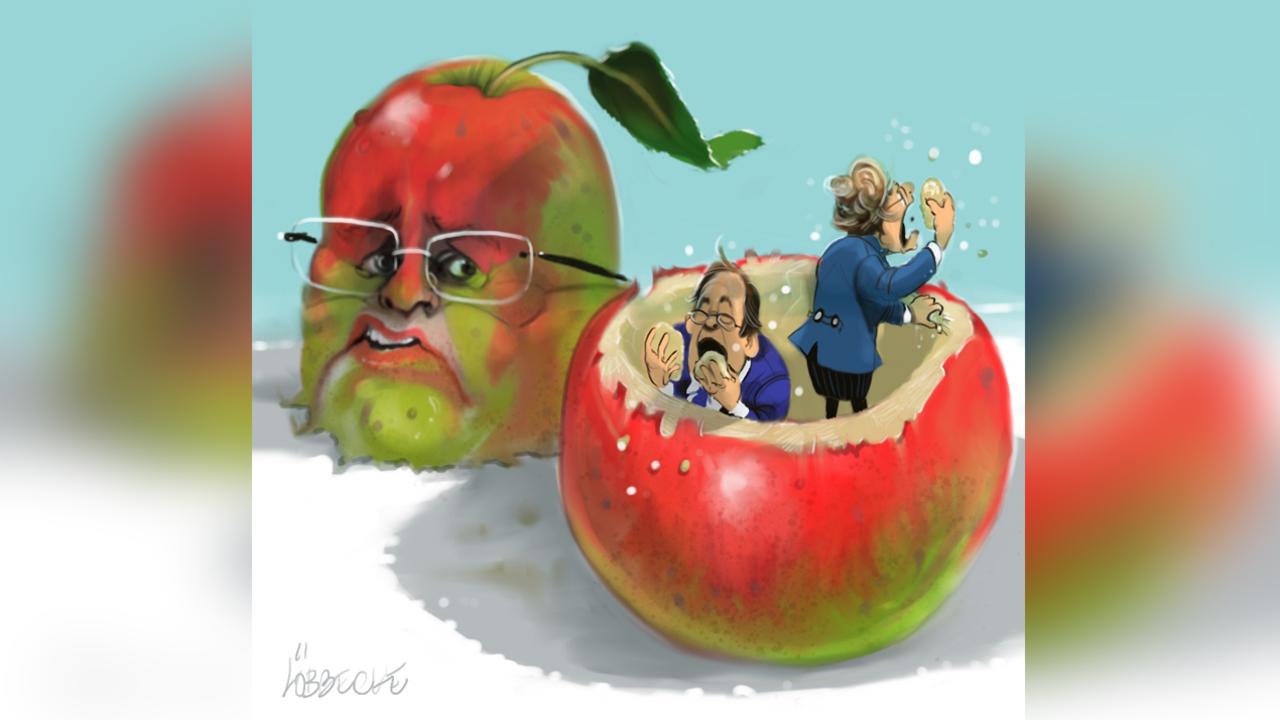IF there is an enduring difference between Australia and the other advanced economies, it's this.
Seventy per cent of our long-term economic growth comes from using more inputs, while only 30 per cent comes from making better use of inputs. In the other advanced economies, those proportions are almost exactly reversed.
The Productivity Commission's analysis of our recent performance suggests we are heading back to that 70-30 trend. Yes, there was a marked departure after the reform era of the 1990s. But we are reverting to the mean.
That so much of our growth comes from increased input use partly reflects the fact we are still a frontier economy, with abundant resources to be exploited.
The US had 70 per cent of its growth coming from added inputs through to the early part of the 20th century. It was the "closing of the frontier", in Frederick Jackson Turner's phrase, that coincided with the US shift from extensive to intensive growth.
If Australia did not make that shift, it was mainly because of policy. High tariff protection taxed our resource industries to promote the growth of manufacturing employment, supporting high immigration and population growth at the expense of output per capita. Recent analysis shows the industrial relations laws may have been every bit as harmful, as they dragged down productivity in service industries and in the public enterprises, imposing high costs on goods that needed to be transported to export ports.
Agrarian socialism stifled the development of agribusiness, with the statutory marketing boards ensuring Australia was the only large primary exporter without its own food multinationals.
Once in place, those distortions proved cripplingly difficult to remove. And now they're coming back, albeit in different guises.
On the ports, for example, the IR laws are moving us back to the 1980s, adding costs to export industries. As for manufacturing, the government has turned its back on 20 years of reform, allocating subsidies to its preferred constituencies without even the pretence of independent assessment. And in construction it is only a matter of time before bloody-minded unions reimpose the constraints that made our industry an international disgrace.
Together, these policies threaten to prolong and even worsen the productivity slump. As the PC's analysis shows, that slump has significantly reflected a period of strong investment in capacity, which can and should form the foundations for sustained economic growth. But it will only do so if those foundations can be fully and efficiently used. Imposts such as the mining tax and the carbon tax are a sure way of making that goal more difficult to achieve. As for subsidising declining areas of manufacturing, that not only shrinks our economy but makes it harder for the viable segments of manufacturing to grow and prosper. And the Fair Work Act adds to the problems.
We could therefore be right back to the 70-30 split that microeconomic reform promised to overcome. What a waste that would be.



